
-
Find the right food for your petTake this quiz to see which food may be the best for your furry friend.Find the right food for your petTake this quiz to see which food may be the best for your furry friend.Featured products
 Adult Beef & Barley Entrée Dog Food
Adult Beef & Barley Entrée Dog FoodBeef & Barley recipe with precisely balanced nutrition to keep adult dogs active and healthy
Shop Now Adult 6+ Large Breed Chicken Meal, Barley & Rice Recipe Dog Food
Adult 6+ Large Breed Chicken Meal, Barley & Rice Recipe Dog FoodSupports energy & beautiful coat. Helps keep immune system, joints, heart & kidneys healthy
Shop Now Adult 7+ Beef & Barley Entrée Dog Food
Adult 7+ Beef & Barley Entrée Dog FoodBeef & Barley recipe with precisely balanced nutrition to support mobility and muscle mass for older dogs.
Shop NowFeatured products Adult Urinary Hairball Control Chicken & Rice Recipe Cat Food
Adult Urinary Hairball Control Chicken & Rice Recipe Cat FoodSupports the health of the whole urinary system with optimal levels of magnesium
Shop Now Adult 7+ Chicken Recipe Cat Food
Adult 7+ Chicken Recipe Cat FoodSupports energy level & beautiful fur. Helps keep immune system, heart & kidneys healthy.
Shop Now Adult Oral Care Chicken & Brown Rice Recipe Cat Food
Adult Oral Care Chicken & Brown Rice Recipe Cat FoodClinically proven kibble technology to reduce plaque & tartar build-up
Shop Now -
Dog
- Dog Tips & Articles
-
Health Category
- Weight
- Food & Environmental Sensitivities
- Urinary
- Digestive
- Joint
- Kidney
- Dental
- Cancer
-
Life Stage
- Puppy Nutrition
- Adult Nutrition
- Senior Nutrition
Cat- Cat Tips & Articles
-
Health Category
- Weight
- Skin & Food Sensitivities
- Urinary
- Digestive
- Kidney
- Dental
- Stress
- Cancer
-
Life Stage
- Kitten Nutrition
- Adult Nutrition
Featured articles The Incredible Science Behind Your Pet's Microbiome
The Incredible Science Behind Your Pet's MicrobiomeLearn what a pet's microbiome is, how it contributes to your pet's gut & overall health, and why nutrition is important in maintaining healthy microbiomes.
Read More Pet Food Storage Tips
Pet Food Storage TipsDiscover how and where to store your dry, as well as canned, dog and cat food. Learn how to find the "best before" dates on all Hill's pet food packaging.
Read More Compare Your Pet Food's Calories to Other Brands
Compare Your Pet Food's Calories to Other BrandsCompare Hill's Science Diet dog and cat food's calories against other pet food brands and AAFCO recommended maximum calorie count.
Read More -


A few years ago, the journal Frontiers in Psychology confirmed what pet parents already knew: that positive interaction with animals reduces stress in humans. This is great news for your health and longevity, but if you have a cat, you may wonder if the feeling is mutual. Do cats like to be petted? Do cats like to be held as much as we like to hold them?
If you do it correctly, the answer is yes. Many cats, despite the common and persistent myth that they are aloof, welcome affection from their people. In fact, petting and holding your cat helps build a loving relationship between the two of you.
Approaches to Petting
Petting your cat can be a tricky business. It's easy to misread a kitty's signals and end up touching her the wrong way or in a spot where she doesn't like to be touched.
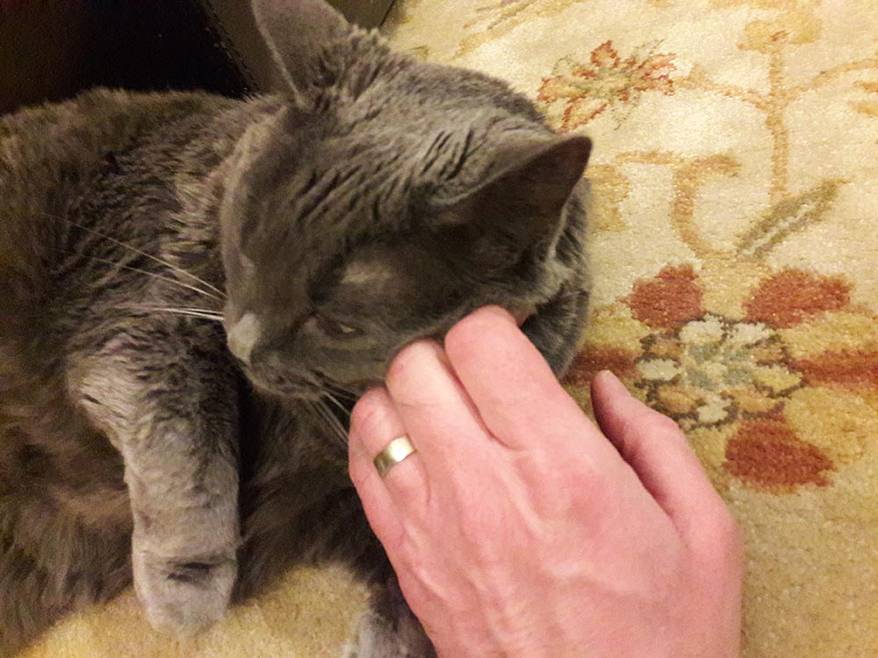
Let's say, for example, they roll around on the floor and expose their tummy. This is their way of showing that they trust you. If you try to rub your cat's angelic belly fluff, however, they'll probably respond with a scratch or a bite. You may think (with good reason) that your cat hates you, or that it's their way of telling you they don't want to be petted at all. In reality, they're telling you that they just don't want you to pet them right there, right now. Some cats do love a good belly rub, explains Petful, but you have to approach it with finesse, and only when they're calm and relaxed.
In 2013, a study from the journal Physiology & Behavior was widely misrepresented as proof that petting cats stresses them out. John Bradshaw, director of the Anthrozoology Institute at the University of Bristol, England reassures National Geographic that it was something in the cats' lives and not the act of petting that contributed to the animals' anxiety. (The experiment actually looked at how cats that live alone experience stress differently from those in multi-cat households.) Petting can comfort your kitty, so go ahead and snuggle up.
Head, Shoulders, Cheeks and Nose
So, in which places do cats like to be petted? The head, chin and neck are often their favorites. While some cats enjoy having their tails touched, others will recoil and even experience pain from a tail stroke. Take it slowly, paying close attention to your cat's reactions to your touch and always respecting their preferences.
When approaching your kitty, the most important trick is to allow them to take the lead. Let your cat sniff your index finger and touch their nose against it first. If they want to cuddle, they'll push their face against your hand and direct you to their ears, chin or wherever they want to be petted. Going slowly will create a more relaxed, warmhearted environment. If they start nudging you with their head or rubbing their cheeks against your body, it's a good sign, says The Spruce Pets. "Bunting" behavior is how cats transfer the scents in their cheek glands to beloved surroundings and family members.
In addition to being petted, do cats like to be held? Sometimes. Most cats love to snuggle, and they're typically responsive to being held if you introduce them to it gradually. The best way to approach your cat for a hug is to start with a few soft pets, then carefully pick them up. Be sure to secure all four of their legs so that they don't dangle. If they feel safe in your arms, they'll be more inclined to stay there. If they squirm and want to get away, set them down gently and try again later. Learning to snuggle takes baby steps (and occasionally a tasty reward for not mauling your arms on the way down).



Tasty Tips
Does Breed Matter? What About Age?
Some cat breeds are more receptive to pets and hugs than others. The Siamese, for example, is a playful and fun-loving breed that will demand attention from you, as will the affectionate Ragdoll.
Don't be alarmed if your cat resists physical attention. It may just be part of their personality or upbringing. If a kitten isn't socialized with humans at an early age, they may be reluctant to accept affection. They may also need more coaxing if you adopt them as an adult and don't know their backstory. You can acclimate your kitty using some of the strategies above, but some cats simply don't enjoy being picked up, preferring to be a nestle-next-to-you cat instead of a lap cat.
Building trust is a gradual process in any relationship. When you invest your love and affection, you'll be rewarded with a feline best friend (and maybe even the opportunity to give a belly rub).


Christine O'Brien is a writer, mom, and long-time cat parent whose two Russian Blues rule the house. Her work also appears in Care.com, What to Expect, and Fit Pregnancy, where she writes about pets, pregnancy, and family life. Find and follow her on Instagram and Twitter @brovelliobrien.
Related products

Supports energy level & beautiful fur. Helps keep immune system, heart & kidneys healthy.

Clinically proven kibble technology to reduce plaque & tartar build-up

With delicious chunks in a decadent gravy

Supports the health of the whole urinary system with optimal levels of magnesium
Related articles
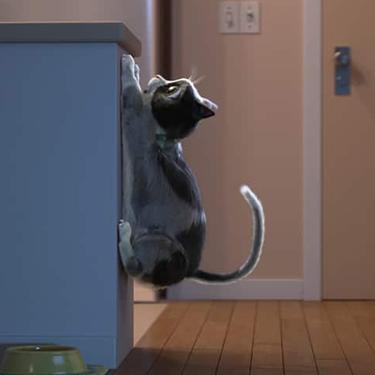
What is the best food for an overweight cat? Learn all about weight control food for cats, including what's in it and how it works.
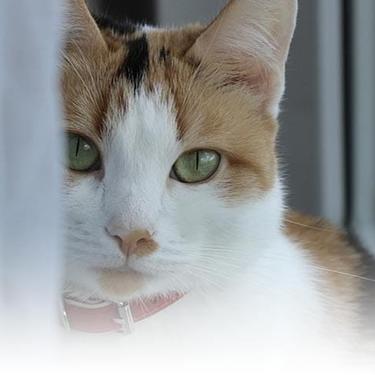
When you adopt a cat, you don't just gain a best friend; you also save her life. Here's why getting a cat from a local animal shelter makes so much sense.
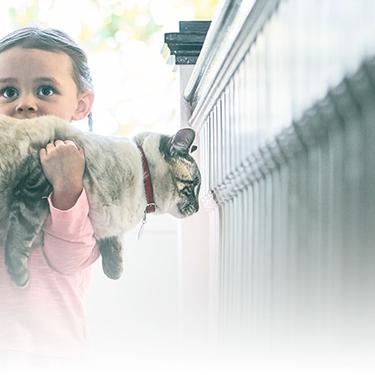
Discover how to identify cat sensitive skin and what you can do to help your cat thrive from head to paw.
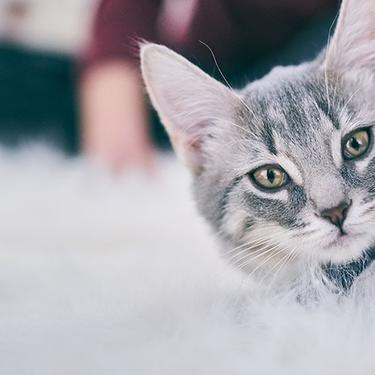
Discover the benefits of Hill's line of kitten foods and how they provide complete and balance nutrition for growing kittens.

Put your cat on a diet without them knowing
Our low calorie formula helps you control your cat's weight. It's packed with high-quality protein for building lean muscles, and made with purposeful ingredients for a flavorful, nutritious meal. Clinically proven antioxidants, Vitamin C+E, help promote a healthy immune system.
Put your cat on a diet without them knowing
Our low calorie formula helps you control your cat's weight. It's packed with high-quality protein for building lean muscles, and made with purposeful ingredients for a flavorful, nutritious meal. Clinically proven antioxidants, Vitamin C+E, help promote a healthy immune system.

